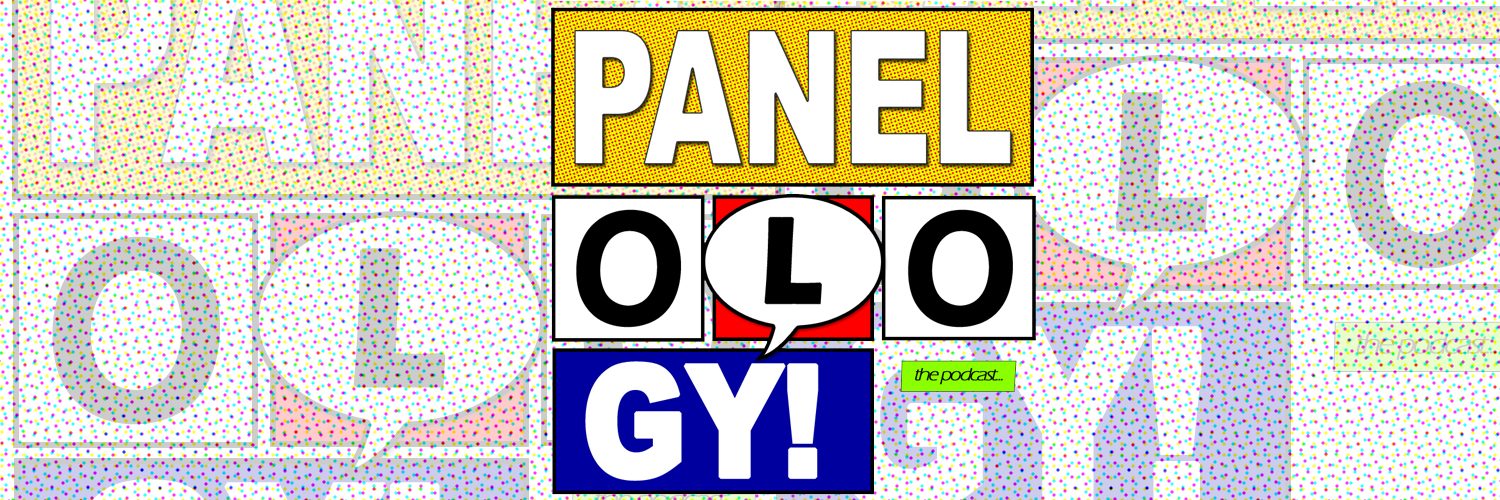When the invulnerable super hero Retro Girl turns up dead on a school playground, Detectives Christian Walker and Deena Pilgrim wind up on the case. As they search for the murderer—and try to figure out how someone killed the hero in the first place—they also have to get used to working together as partners on the beat. Which would probably be easier if Pilgrim weren’t sure that Walker is hiding something from her.
Reading “Who Killed Retro Girl?” is like watching the pilot for a new police procedural on TV. Decades of cop shows provide all the shorthand and character types you need to understand how each character fits in the formula. Bendis leverages that formula to give himself room to layer in the book’s superhero elements and hints at characters’ relationships with each other. The trade-off is that, as with a television pilot, focusing on the familiar, recognizable elements of a cop drama means that most of the new ideas seem like they’re having to wait for the story’s next chapter.
If you’re going to make a comic that is equal parts police procedural and superhero story, it makes sense to give it a visual style that blends crime noir and superhero cartoons circa Bruce Timm. And that’s exactly what Oeming and Garrahy do. The only visual hiccup I ran into was the book’s lettering: from time to time, a balloon in one panel would overlap with the panel above it, implying that that balloon was the start of that panel’s dialogue. But as often as not, the first balloon in that panel wound up being one further left but much lower on the page.
“Who Killed Retro Girl?” has a lot going for it. Bendis is great at long-form storytelling, and his talents for developing tone and teasing out character relationships are on display here. And Oeming and Garrahy’s art is on point. But it feels more like introduction and iteration than invention—I don’t doubt that there’s a hook in a subsequent volume that will get me excited about Powers, but I would have liked to have found one here.
Collected in
- Powers, Vol. 1: Who Killed Retro Girl? (#1-6)
- Powers: The Definitive Collection, Vol. 1 (#1-11)
Credits
Writer: Brian Michael Bendis | Artist: Michael Avon Oeming | Colorist: Patt Garrahy | Separations: Ojo Caliente Studios | Letterers: Patt Garrahy & Brian Michael Bendis | Editor: K.C. McCrory

